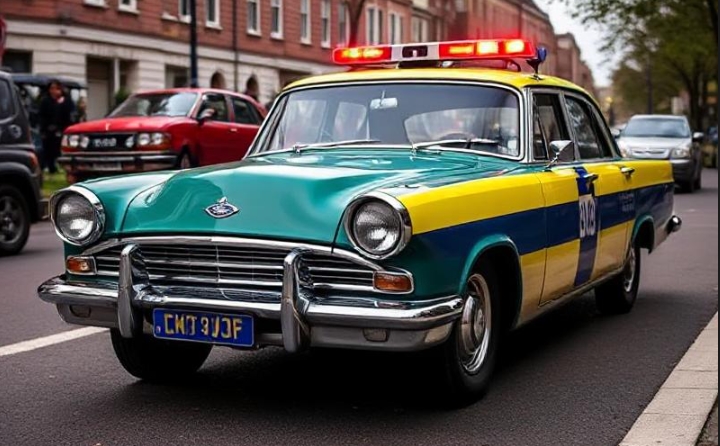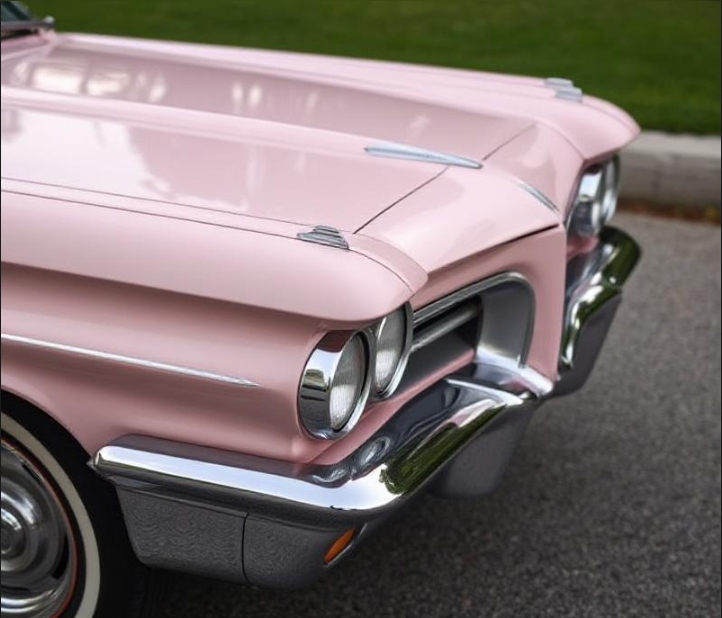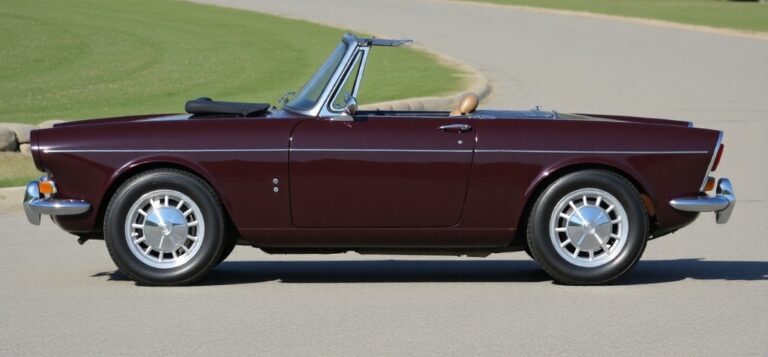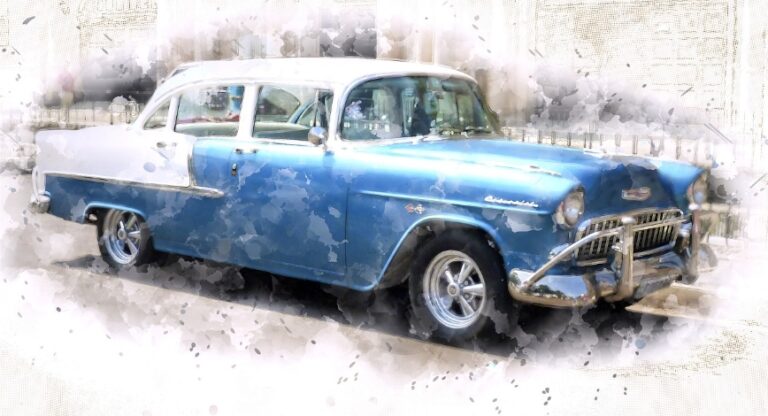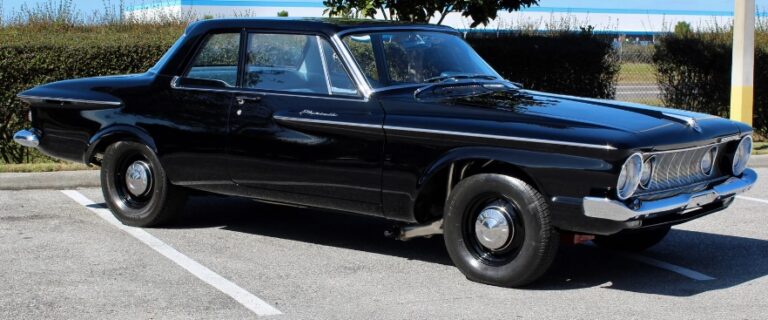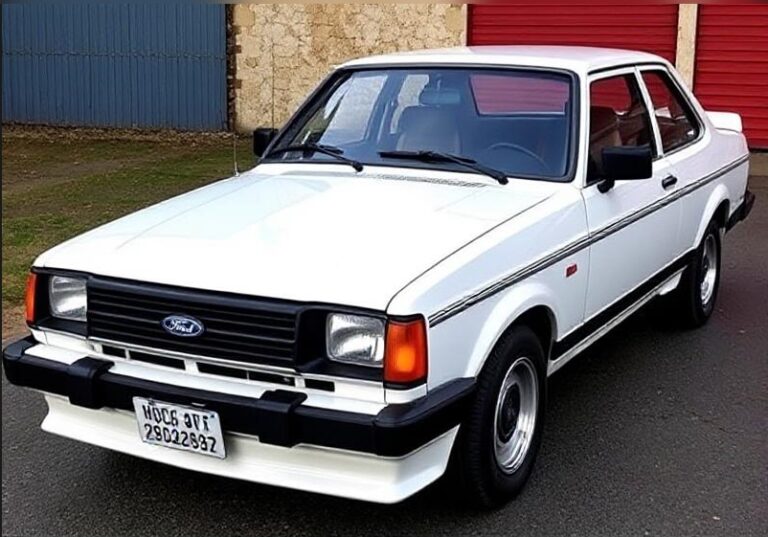The Evolution of the Ford Victoria: A Timeless Classic
The Ford Victoria holds a special place in automotive history as a symbol of style, elegance, and innovation. The name Ford Victoria has graced several vehicles, primarily from the Ford brand, spanning multiple decades and configurations. Though it is best remembered for its classic two-door coupe versions, the Ford Victoria represents a lineage of change, adaptation, and the automotive industry’s shifting trends.
Early Years and Origins (1932-1936)
The Ford Victoria concept emerged in the early 1930s, with its inaugural model released in 1932 as part of the Ford Model B lineup. This first incarnation featured a distinctive coupe body style with a larger back seat, characterized by a raked roofline and a single piece windshield, giving it a more streamlined look. Offered in several trims, the 1932 Ford Victoria was powered by a 221 cubic-inch flathead V8 engine, a cutting-edge feature at the time.
The model continued to evolve, with subsequent versions released in 1933 and 1934. The 1933 model saw minimal changes, but the 1934 model had a more pronounced grille and an overall sleeker design. Trims during these years included various options, allowing customization and personalization. By 1936, the Ford Victoria was recognized as a popular choice among consumers with a taste for more luxurious vehicle components and stylish designs.
The Postwar Era (1940-1955)
After a brief hiatus during World War II, the Victoria name resurfaced in the late 1940s. The 1940 Ford Victoria stood out in the automotive market with a more rounded appearance and smoother lines. Powered by an upgraded flathead V8 engine, it offered impressive performance metrics for its time and became an emblematic vehicle of postwar America.
From 1941 until 1955, the Ford Victoria maintained its position in the Ford lineup, through a significant era of innovation and styling changes. This period was marked by the development of the actual Ford Custom line, creating variants that catered to a broader audience. The introduction of the 1952 Ford Victoria further showcased the incorporation of modern design elements, such as tail fins, which would define a generation.
The Introduction of the Thunderbird Influence (1955-1960)
The mid-1950s marked a turning point for the Victoria when it began to evolve alongside the Ford Thunderbird, which debuted in 1955. The Victoria transitioned into a more upscale model and was released as a two-door hardtop. The 1955 Ford Victoria featured lavish interior finishes and increased body size, coupled with significant advancements in safety and engineering.
The 1956 model continued to embrace the era’s iconic styling cues, including bold colors and flamboyant chrome accents, enhancing its curb appeal. By the end of the decade, the 1957 Ford Victoria became synonymous with American automotive design, solidifying its status as a cultural icon.
.
SEARCHING for those hard to find FORD manuals, guides & books?
This place has you covered! SEE All FORD Manuals From 1920 – 1989.
CHOOSE the year of your vehicle:

.
The End of an Era: Model Changes and Variants (1960-1980)
As consumer preferences began to shift in the late 1950s and 1960s, the Ford Victoria began to see changes reflective of these trends. The vehicle was briefly produced within the Ford Fairlane line from 1965-1968, as customers showed increasing interest in larger vehicles, like full-size sedans. The 1965 Ford Fairlane Victoria featured larger overall dimensions and an emphasis on comfort, adopting features for family-oriented buyers.
Throughout the subsequent decades, the nameplate of the Victoria would be absent for some years. However, in the mid-1980s, Ford announced its intention to incorporate the Victoria nameplate into the Ford Crown Victoria, a new full-size sedan.
The Resurgence of the Victoria Nameplate: The Crown Victoria Era (1990-2011)
The Crown Victoria was introduced to the market in 1991, with engineering and design tailored for police and fleet use while retaining a place among civilian vehicles. The new Crown Victoria built upon the legacy of its predecessors, keeping the name Victoria alive with refinement and modern innovation.
The 1990 Crown Victoria was constructed on the highly praised Panther platform, which provided significant ride comfort and durability. For the vehicle enthusiasts and everyday drivers, the Crown Victoria was made available in several trim levels, including the base LX model and the sportier Police Interceptor version.
Ford offered limited editions, such as the Special Edition 2003 Crown Victoria, built to commemorate years of durable service. The Crown Victoria maintained its appeal throughout its run, known for reliability, spaciousness, and a traditional full-size sedan feel.
The production of the Ford Crown Victoria ended in 2011, signaling a definitive close to a cherished legacy. By this point, the Victoria had transitioned from a stylish coupe to a full-size sedan and achieved new heights in versatility, speed, and character.
The Legacy of the Ford Victoria
Throughout its decades-long lifespan, the Ford Victoria was more than just a production automobile; it became intertwined with the culture and growth of the American automobile market. The name Victoria embodied the spirit of innovation and adaptability, taking on diverse forms while responding to consumer preferences.
Today, classic Ford Victoria models, even from the early years, remain sought after by collectors and vintage automobile enthusiasts. It is a cherished reminder of the Ford legacy, honed from aesthetic appeal and robust engineering that captured the essence of each era.
As the automotive industry continues to evolve, the legacy of the Ford Victoria remains, influencing newer models inspired by its design philosophy. Though long removed from production, it serves as a benchmark for many replicas and restorations, ensuring its storied history endures in automobile lore.
In conclusion, the Ford Victoria represents an enduring chapter in automobile history that encapsulated the transition from the simple and functional to the richly designed and luxurious, from humble beginnings to being a part of law enforcement fleets. As the automotive industry continues to adapt to changing times, the legacy of the Ford Victoria will forever be etched in the minds of enthusiasts and collectors alike.
